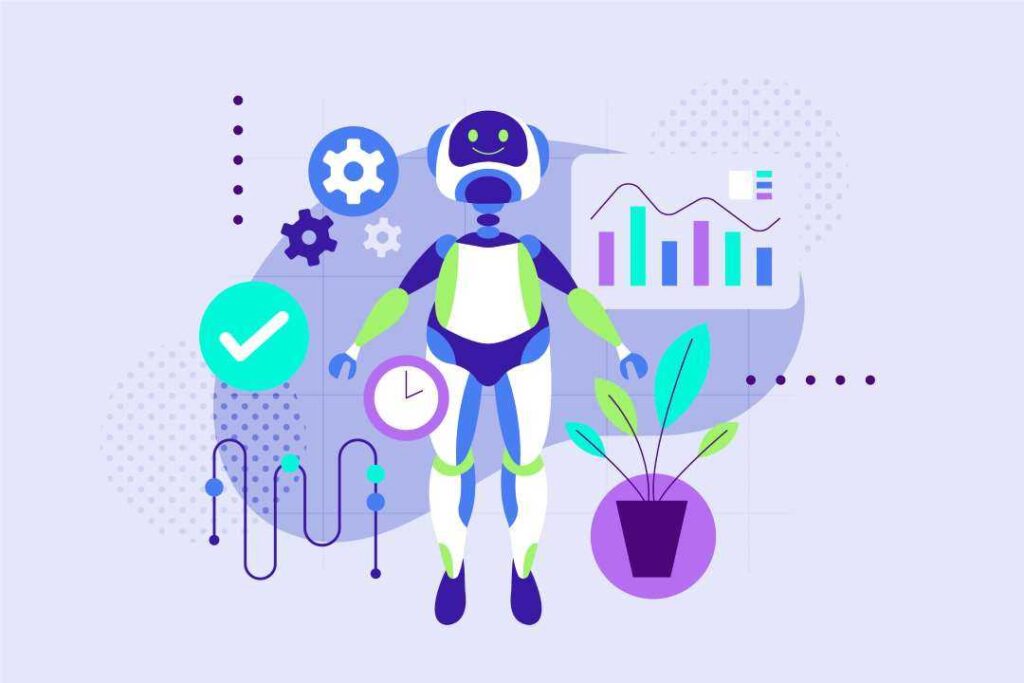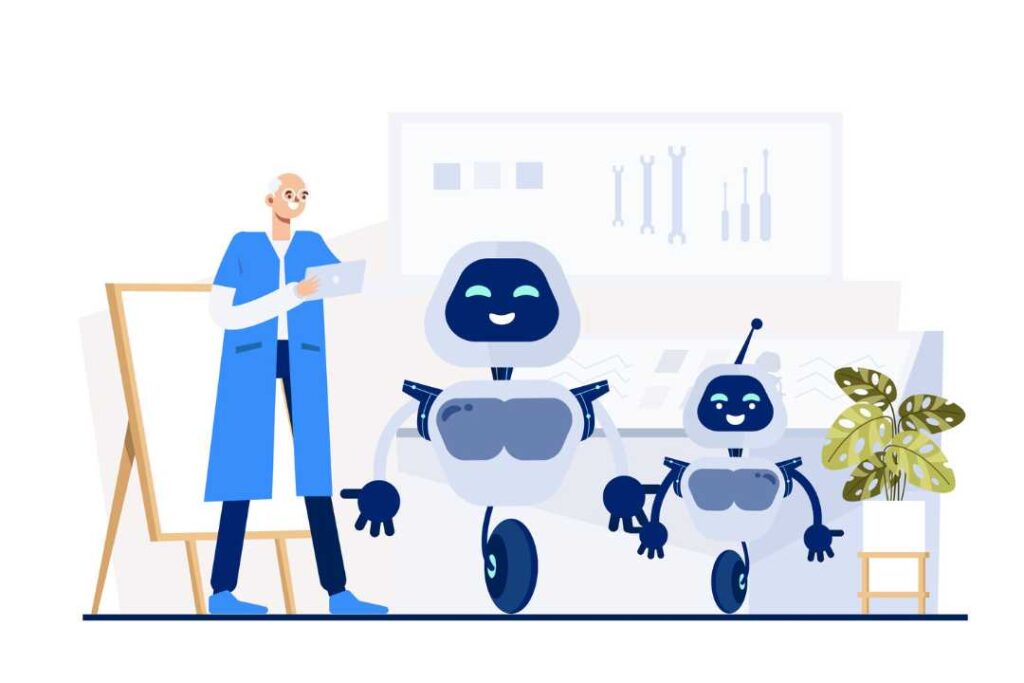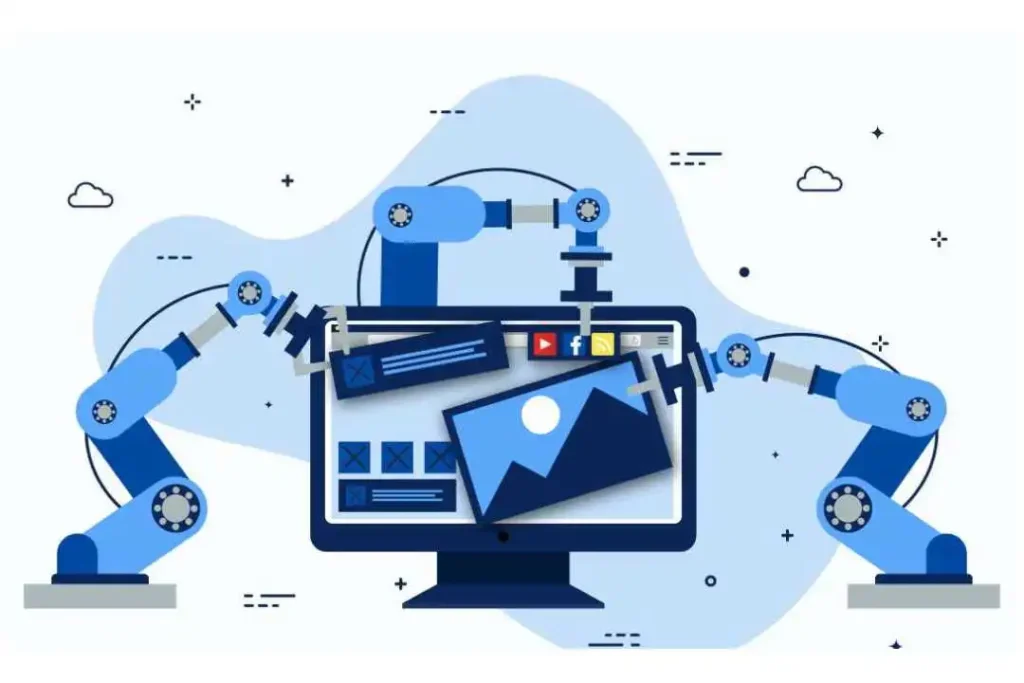The concept of an automated business has moved from a futuristic idea to a current reality. Automation involves using technology to perform tasks without human intervention, and it’s transforming industries across the globe. This article will explore the facets of automated business, its benefits, challenges, and how you can leverage automation to stay ahead of the competition.
What is an Automated Business?

An automated business uses technology, such as software and robotics, to complete repetitive and mundane tasks. Automation can be applied to various aspects of a business, including customer service, manufacturing, marketing, and more. By integrating automation, companies can improve efficiency, reduce costs, and free up human resources for more strategic tasks.
Benefits of Business Automation
Increased Efficiency
Automation significantly boosts efficiency by speeding up processes and reducing human error. Automated systems can work around the clock without fatigue, ensuring consistent output and productivity.
Cost Savings
By automating routine tasks, businesses can save on labor costs and minimize errors that might result in financial losses. Additionally, automation can streamline processes, reducing overhead expenses.
Improved Accuracy
Human errors can be costly. Automated business systems ensure that tasks are performed with precision, leading to higher quality outputs and fewer mistakes.
Scalability
Automated Business allows to scale operations smoothly. As demand increases, automated systems can handle the extra workload without the need for proportional increases in human resources.
Enhanced Customer Experience
Automated customer service solutions, like chatbots and automated emails, can provide quick and accurate responses to customer inquiries, improving satisfaction and loyalty.
Types of Automated Business:

Process Automation
This involves using technology to automate standard business processes, such as invoicing, payroll, and data entry. Tools like Robotic Process Automation (RPA) are commonly used.
Marketing Automation
Marketing automation uses software to handle repetitive marketing tasks. This includes email marketing, social media posting, and ad campaigns, allowing marketers to focus on strategy and creative work.
Sales Automation
Automated sales tools can manage customer relationships, track leads, and automate follow-up communications, helping sales teams close deals faster and more efficiently.
Customer Service Automation
Customer service automation involves using AI and machine learning to handle customer queries and support tickets. Chatbots and automated response systems are popular tools.
Manufacturing Automation
In manufacturing, automation uses robotics and control systems to operate machinery, monitor production processes, and ensure quality control without human intervention.
Implementing Automation in Your Business
Identify Areas for Automation
Start by analyzing your business processes to identify tasks that are repetitive, time-consuming, and prone to error. These are prime candidates for automated business.
Choose the Right Tools
Selecting the appropriate automation tools is crucial. Consider factors like scalability, integration capabilities, and user-friendliness. Popular tools include Zapier for process automation, HubSpot for marketing automation, and Salesforce for sales automation.
Plan and Test
Develop a detailed plan for integrating automation into your operations. Conduct thorough testing to ensure the system works as intended and identify any potential issues.
Train Your Team
Automation doesn’t eliminate the need for human oversight. Train your team to work alongside automated systems and understand how to manage and troubleshoot them.
Monitor and Optimize
Continuously monitor the performance of your automated systems. Gather data, analyze outcomes, and make necessary adjustments to improve efficiency and effectiveness.
Challenges of Automated Business:
Initial Costs
Implementing automation can require a significant upfront investment. However, the long-term savings and efficiency gains often justify the initial expenditure.
Employee Resistance
Employees might fear that automation will replace their jobs. It’s important to communicate the benefits and reassure them that automation is meant to augment their work, not replace it.
Security Concerns
Automated systems can be vulnerable to cyberattacks. Ensuring robust cybersecurity measures is essential to protect sensitive data and maintain operational integrity.
Integration Issues
Integrating new automation tools with existing systems can be challenging. It’s crucial to choose compatible solutions and work with experienced professionals to ensure seamless integration.
Future Trends in Business Automation
Artificial Intelligence and Machine Learning
AI and machine learning are driving the next wave of automation. These technologies enable more advanced data analysis, predictive capabilities, and adaptive learning, making automated systems smarter and more efficient.
Internet of Things (IoT)
The IoT connects devices and systems, allowing for real-time data exchange and automation across various platforms. This interconnectivity can lead to more sophisticated and responsive automated systems.
Hyperautomation
Hyperautomation refers to the use of multiple automation tools, including RPA, AI, and machine learning, to streamline complex business processes. This trend aims to automate everything that can be automated, enhancing overall business agility.
Automation as a Service (AaaS)
AaaS offers businesses access to automation tools and services on a subscription basis. This model reduces the need for large upfront investments and allows companies to scale their automation efforts more flexibly.
Conclusion
Automated Business is no longer a luxury; it’s a necessity for businesses aiming to stay competitive in today’s fast-paced market. By understanding the benefits, challenges, and implementation strategies, you can harness the power of automation to streamline operations, reduce costs, and enhance customer satisfaction. The future of business is automated, and the time to embrace this transformation is now.
FAQs
What tasks can be automated in a business? Common tasks that can be automated include data entry, invoicing, payroll processing, customer support, marketing campaigns, and inventory management.
How can automation improve customer service? Automation improves customer service by providing quick and accurate responses through chatbots, automating follow-up emails, and efficiently managing support tickets.
Is automation expensive to implement? While there are initial costs, the long-term savings from increased efficiency and reduced errors often outweigh the upfront investment.
Will automation replace human jobs? Automation is designed to handle repetitive tasks, freeing up human resources for more strategic and creative work. It aims to augment human efforts, not replace them entirely.
What are the security concerns with automation? Automated systems can be targets for cyberattacks. Implementing strong cybersecurity measures, regular monitoring, and updates are essential to protect your business.



